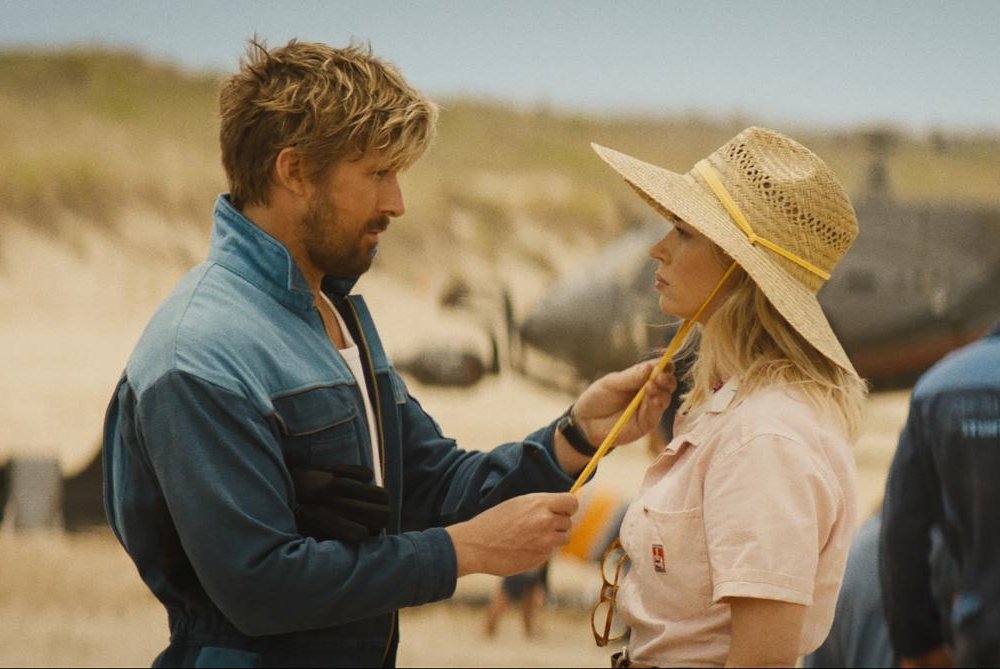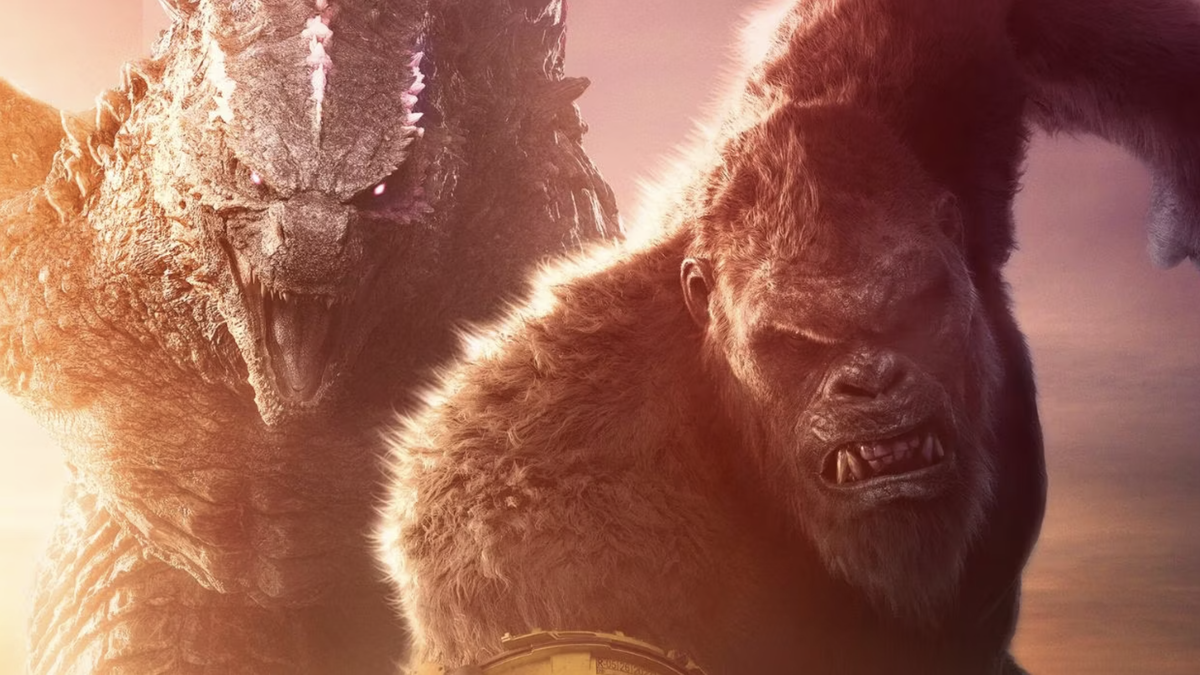This story, “Bloody-Foot,” originally ran in the June 1952 issue of Outdoor Life.
TO GO OR NOT TO GO, that was the question. The chinook wind, blowing in gusts from the south, was bouncing Toby’s foghorn voice all over Gold Creek Canyon, so I couldn’t figure out where the hound was. Had he finally got the old cat up a tree, or were he and Paddy, the Airedale, having a little fun with a bull elk backed up against a tamarack?
Things had been going wrong all day. When I left home that morning I hadn’t the slightest intention of embarking on a cougar hunt. To begin with, I had sore feet. The week before, while chasing another cat, I’d gone through shell ice and got my feet wet. Then, ten miles on snowshoes rubbed my toes raw. They were still in bad shape that morning when a couple of neighbors asked me to run them down the road a way so they could go out after coyotes.
I dropped them off and then stopped at Ted Letcher’s logging camp for a cup of java. While I was sipping it a lumberjack told me that one of my “old friends” had passed along the ridge above Gold Creek Canyon the night before. My regular cougar gun, a .25/35 carbine, was at home; the only weapon I was carrying was a Colt .38 Special revolver.
But a cougar track is a cougar track, and a fresh one can lead to a dead cat, so away I went with the dogs. But my aching feet made me hope that the track would turn out to be that of a porcupine out for a little fresh air.
Cougar hunting in the eastern Kootenay area of British Columbia, where I serve as game warden, is strictly a shank’s mare proposition, and 90 percent of it is done on snowshoes. I envy the Utah or Arizona boys who can go out on horses with a pack of trail hounds. Up here, cougars stay as close to heaven as they can get until the snow drives game animals—their prey—down from the mountains. When elk and black-tail deer yard up on the winter range, the cougar isn’t far away.
It’s then that we cougar hunters get out our meager equipment. One dog is adequate but two are better, for one may become killed or lost. I like a well-trained hound, because his voice carries when that of other breeds is lost. Other favorites up here are Doberman-Airedale or collie-shepherd crosses. With such dogs Martin Morigeau, who hunts out of Windermere, has accounted for 450 of the big cats. Most of the boys carry light carbines. But some of them, ex-policemen like myself, tote six-shooters when the going is tough.
Read Next: Trying to Stop a Brown Bear Attack with a .38 Special, from the Archives
Snow can make it tough. Ordinarily, when a hunter finds cougar tracks the odds are against the cat. Unless a snowstorm blows up and buries the track, the hunter and dog will follow it until they jump a cougar off his kill or find him denned up, taking a nap.
REAMS ABOUT the cougar have been written, and I have yet to read a good word for him. Nevertheless, I have a soft spot in my heart for the cat. I have done in fifty-five so far, yet I have a pang of sympathy when I knock a cat out of the tree in which he has waited patiently to be shot. For one thing, I haven’t found evidence that he’s the ruthless butcher of game so many writers make him out to be. There’s nothing of the rip-and-slash amateur in him, as there is in the coyote. I never find a mule deer dying in a snowbank, with his belly ripped open and his hams devoured, and tracks that pin the job on a cougar.
My tracking tells me of the hungry cougar’s quiet stalk along the ridge, his quick, thirty-yard sprint, and his one long leap. When he has downed his game, he’ll stay with it until he’s finished it or it turns bad. If he misses his victim, which he seldom does, he goes patiently on his way seeking another one. He is greased lightning for fifty yards, but no good for any prolonged sprint, since his lungs are about the size of your fists.
I’ve yet to find a cougar that killed for the pure hell of it. A number of times I’ve followed a tom for a week and it never touched an animal, even when its route passed near yarded deer. Quite often, when I finally shot such a tom, I’d find its stomach empty.
ABOUT AN HOUR after I started out I found the track I was looking for in Gold Creek Canyon. No wandering porky, this; most certainly an “old friend.” I knew this particular cougar’s track, all right, for he’d slipped through my fingers on two earlier hunts. And he’d been wandering up and down this neck of the woods for a good many years. I recognized his sign because he had one claw on his right forepaw that always took to bleeding when he moved on crust ice. I’d nicknamed him “Bloody-Foot.” Once I trailed him and a lady friend and jumped them on a cow elk. He left his light-of-love in the most ungallant fashion and took to the juniper thickets up on Gold Mountain. From there he undoubtedly watched his girl friend come to an untimely end. That time it was too late in the afternoon for me to go after him. I’d probably have caught up with him the next day, if mother nature hadn’t saved his neck by putting about a foot of snow in his tracks during the night.
On another occasion I was right behind him when my hound stepped on a broken beer bottle tossed aside by some angler the summer before. That laid us up for a week.
But this time it looked as though I had the old boy with his tracks down. There were seven hours of daylight remaining until sundown, and with the fast-moving Airedale along I should put a cougar hide on the fence before suppertime. Since Paddy was only half-broken, I kept him on a leash until the track freshened. Then I let him go. But, being only two years old, he soon grew tired of following the plodding hound, and started to light out now and then on his own.
As we moved steadily southward I could see that the cat was not very hungry, since he hadn’t bothered to fool around with any of the dozens of mule deer he passed. Probably he was just enjoying his stroll and keeping an eye out for another girl friend. By 3 o’clock I had to admit that things didn’t look so good. The track wasn’t as fresh as I’d figured it was, because I found a place where the cat had denned up for a couple of hours.
Then we found still another den and the track began to look fresher, so I turned the Airedale loose. Everything was going fine until we went over a ridge and spotted a bunch of elk. With a snort, they took off in a cloud of flying snow, and with a howl of delight the Airedale was after them. The hound gave me a look that said, “I’m sorry, but this is too good to miss,” and he was off, too. I knew he’d come back, but that would mean picking up the trail and starting where we’d left off.
Lost dogs! How many men who follow hounds have been in the same spot that I was now in? Pleas, curses, and shouts mean nothing. You pick up a good club with plenty of knots on it and take out after your departed friends. But as the hours go by, a doubt begins to enter your mind, and you knock off a few of the knots. As the sun goes down, and cold creeps under your mackinaw, you begin to worry. You listen till your ears ring and you curse the night wind that moans softly through the spruce trees. What was that? A dog barking treed up on the moonlit mountain? A distant locomotive whistle? Or a great horned owl looking for his supper?
Have the dogs run into a grizzly? Or have they backed an old tom cougar against a snag, so that he cannot tree? He’s a coward, of course, but one swipe of his stiletto-tipped paws or a single bite across a dog’s neck could cost you a friend. You throw away the club.
Then you sit back and eat your clammy supper, and worry. After a while you get back into the frozen snowshoes and hit the trail with a flashlight. You slip and slide through the jackpines and over snow-concealed logs, and you decide that this is about the last cougar hunt you’ll go on.
And so, by the time you meet the dogs—perhaps croaking at a shapeless mass in a tree, perhaps stumbling over the back trail, sore-footed and covered with frost—you are friends again. You give them the last sandwich that you somehow overlooked in the packsack.
Well, there I was. There was still daylight but it was getting late. Should I try to get down the slippery side of the canyon and up into the tamaracks on the other side? Or should I call it a day? “To heck with it!” I said, and started back toward a logging road. But I hadn’t gone ten yards when I heard the old hound call, as if saying, “Here he is! Here he is! Here he is!” Well, in the past he’d been right—and wrong. Maybe he was having a little fun with an elk. On the other hand, he’d been the last living animal that fifty cougars had seen, and he’d been right a lot oftener than wrong. So down the side of the canyon I went. When I got to the opposite slope I found it just about bare, so I took off my snowshoes and left them hanging on a limb.
After a while I found the trail of the dogs, and they were on the cougar’s track again. A little farther on I came upon a dead yearling elk; the cat had eaten only a little off its belly before the dogs ran him off. The old boy had been chased before, and had gained a lot of wisdom; the track showed he was refusing to tree, at least for a while. He’d gone fifty feet downhill and then jumped a twenty-foot-wide creek, landing on the rocks on its far side. The Airedale had hung around awhile, looking in the trees where the cougar should have been, and then he followed the hound’s tracks.
Toby was too good a mechanic to be fooled. He’d cased the joint, then crossed the creek down below, returning upstream around a bluff. Once I’d crossed too, and climbed partway up the bluff, I could hear him yelling treed quite a way above me. There was about five feet of snow drifted here, and I kept breaking through its crust every few steps. How I missed those snowshoes! But when I heard the yapping of the Airedale I knew I didn’t have far to go.
THE DOGS HAD old Bloody-Foot about ten feet up a tamarack, where he sat and growled and slobbered at them. He was a tough-looking rooster. Both ears had been well chewed in days gone by, and a big scar ran from an eye to the corner of his mouth.
I dug my .38 out of the packsack and then tied up the Airedale. I let the hound stay loose because he had learned his lessons well, and wanted nothing to do with the front end of a cougar. But Paddy was different. He’d had his face ripped open in a fight with a cougar above Rock Creek, and he’d been knocked right out of his collar on the Fording River. But back in his hairy head there still lurked an idea that if he could get just one hold on Mr. Cougar it would be all he’d need. I’ve read of dogs killing a cougar; this I would like to see.
Usually it’s not a good idea to use a handgun in this business. They’re all right for close-up work, but the hind end of a cougar way up in a tree is something else again. However, old Bloody-Foot was so low I figured the job would be simple, so I held the .38 Officers Model to pop him right between the eyes. Too late did I notice the small limb hanging across his face, and hear the wad-cutter bullet go singing off into space.
Bloody-Foot decided to get out of there in a hurry. Four more shots, fired as he was turning to jump, didn’t stop him. Down he came in a flurry of bark and twigs, and the hound was waiting for him to land. They both took off downhill, with Toby keeping a respectful distance from the cat’s flank but hollering his head off.
THE CLAMOR was too much for the cat, so he went up the first tree he came to. At least he tried to, but he was handicapped now by a crippled foreleg. (I found out later that I’d hit him in the shoulder.) He leaped, clung to a limb with one claw for a moment or two, then toppled back to the earth. He made another try and fell again.
I was scrambling down the cliff when something climbed right over me. It was Paddy the Airedale—he’d slipped his collar. The cat and the hound were out in a clearing now, and it looked as though the cougar had shot his bolt. He just sat down like a big house cat and looked serenely at the howling hound, and didn’t even bother to spit any more. But I knew all too well what could happen.
Bloody-Foot glanced at the Airedale, now plunging through the snow toward him, and freed his good leg for action. My revolver cylinder was empty, for I’d started out with the hammer resting on an empty shell, so I reached into my pocket for cartridges. Instead of the usual handful, I found just one—and it was hanging precariously in a hole I hadn’t even known about.
Well, it was one load, anyhow, and I shoved it into the cylinder. The Airedale, howling with joy, was closing in with mayhem on his mind, and the cougar was getting set with his Sunday punch. I knew who was going to get what, unless my one bullet went straight.
The cat, a good seventy-five yards from me, seemed to shrink to the size of a squirrel as I seized the butt of the Colt with both hands and lifted it to aim. Sweat ran from under my hat and down into my eyes. I was blowing like a horse and just couldn’t seem to get the shot off. The cat made a swipe at the hound and turned, his back toward me. I put the sights between his shoulders and let her go. He dropped like a log, and the dogs started to give him a good chewing over.
The bullet had gone through old Bloody-Foot’s neck, emerging at the throat. A lucky shot? You might say so—I don’t expect to make another one like it in a hurry. But I’ve carried that old Officers Model, with its target sights, for seventeen years and am now on my second barrel. I’ve killed a couple of dozen cougars with it, as well as three or four deer at close range. I don’t use any fancy firing-line stance, either. Ordinarily I sit down and grab the grip with both hands. Or if I’m shooting up into a tree, I shove a good stout stick under my arm and along the side of the revolver. That helps a lot.
I use wad-cutter bullets exclusively, loading them myself with a maximųm charge of powder. A round-nose bullet, I find, will shoot right through a cougar, but the wad-cutter generally stays in the animal and expands its shocking power on the body.
Next thing to do was skin the critter out and see what was in his stomach. Once that was all there was to it for the game warden. But the good old days are gone, and another critter has shown up on the game-management scene, the biologist. He wants to know not only what the cougar eats, but why he eats it, how he conducts his love life, and other things too numerous to mention here. This is all put down in writing (in duplicate) and sent to headquarters. Ten years later you get a treatise on the life of the cougar that you scrawled by the light of a flashlight and with your hands sticky with blood. Then homeward with the hide. My bones were creaking when I climbed over the canyon ridge, and I wondered how a cougar could carry such a heavy pelt around. It wasn’t so bad, though, when I got back on the old logging road. I arrived at Ted Letcher’s camp at midnight, and even though he had a roast turkey on the table within five minutes I was unable to eat-so tired that I just drank a quart of tea and crawled into bed.
I wish the weather would settle. There’s a big tom up in the Little Creek Canyon country, and I have an old score to settle with him.
About the Author
Killing a cougar at 75 yards with a revolver is doing it the hard way. But that seems to be Jim Osman’s way. Consider the steps that the author of “Bloody-Foot” took to become a game warden: Leaving high school in Victoria, B. C., he served two years on a whaling ship. Already a gun nut, he had himself a fine time shooting sea lions and hair seals.
Back ashore, he worked as a machinist’s helper, getting training that’s helped him a lot in amateur gunsmithing. Then he tried trapping, but got fed up with loneliness—”tired of my own smell,” is the way he puts it, “and of sleeping in my underwear for four months at a stretch“—and came back to Victoria. Next he was a prizefighter—until a rugged pug in Seattle, Wash., convinced him that fighting was not his dish.
In 1934 Osman joined the British Columbia Provincial Police and served until 1940, when he transferred to the B.C. Game Department as a warden. Incidentally, Osman—now 42—has done a lot of handgun match shooting, but he rates old Bloody-Foot as his best revolver score. —June 1952
This story has been minimally edited to meet contemporary standards. Read more OL+ stories.
This content was originally published here.









